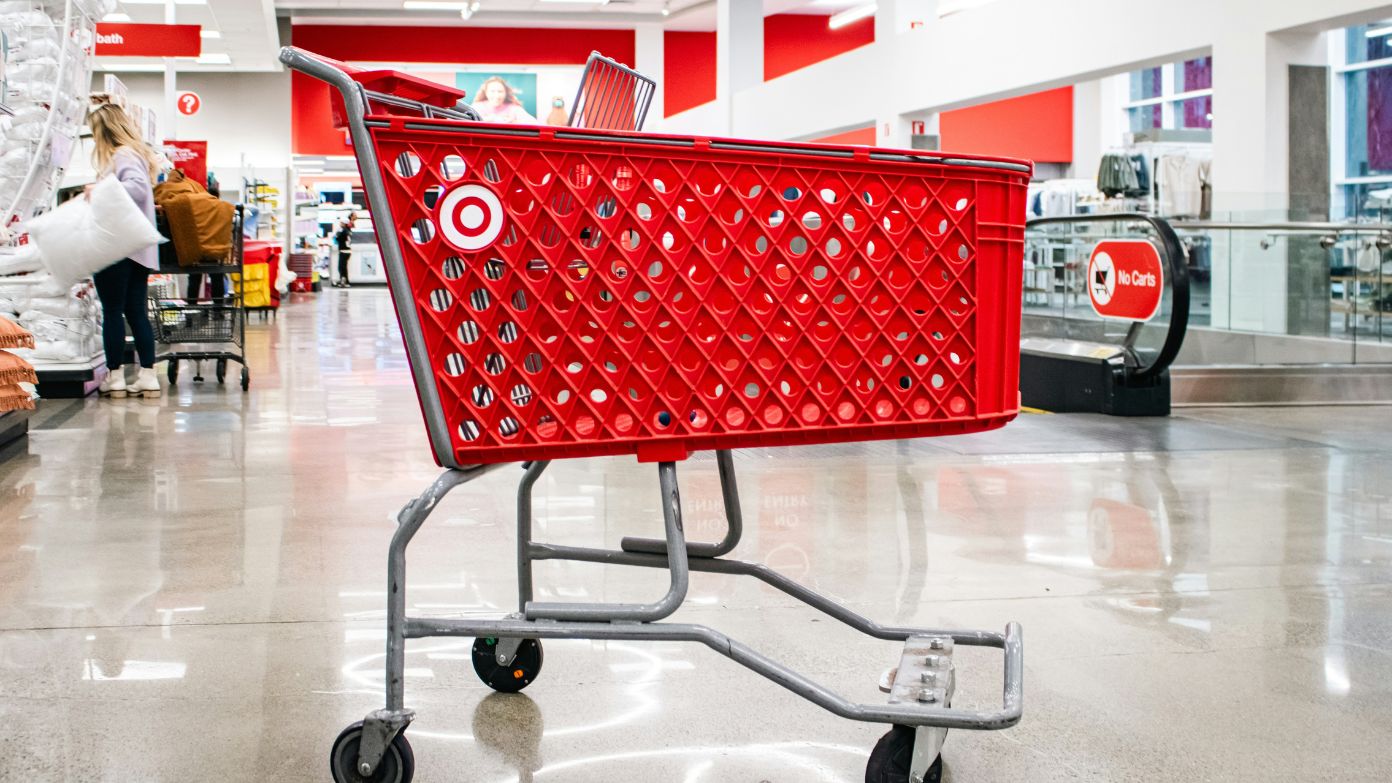Target is planning an “aggressive rollout” of upgraded self-checkout systems in all of its U.S. stores by early 2026. This is not just a faster checkout push — the enhancements are designed to make the experience more inclusive and user friendly, especially for shoppers with disabilities. If you shop at Target, here is what to expect.
Why is Target upgrading self-checkout now?
The company says the new rollout aims to “create more independence and dignity in the shopping experience.”
Self-checkout lanes have become standard in big-box stores, but many versions are difficult to use for people who are blind, have low vision, or have motor challenges. Target’s redesign is being engineered “with and for guests with disabilities,” and will be layered on top of existing systems, not replace them wholesale.
Steve Decker, Target’s senior manager of user experience accessibility (who is blind), helped lead the design. He reflects on testing with his daughter:
“Shopping with my daughter and teaching her how to use the self-checkout, that was powerful. It is not just tech. It is joy, independence and change.”
In interviews, Decker described the forthcoming rollout as “aggressive,” and noted that over 100 stores already have the new features in place.
Recommendation:
Which features will make self-checkout more accessible?
Here’s what the new self-checkout stations will include:
- Braille and high-contrast button icons to assist users with low vision.
- A headphone jack with adjustable volume controls, so you can hear audio prompts privately.
- Physical navigation buttons (directional arrows, info, back) as well as a custom tactile controller co-developed with Elo.
- A single audio stream during scanning and payment for clarity and consistency.
Together, these components will allow shoppers to interact with the checkout in ways beyond just touchscreen taps. The tactile and audio feedback helps users follow each step in the process — from scanning to payment choice.
When will all stores have the new systems?
Target says the rollout begins this holiday season (late 2025) and continues into early 2026.
Already, about 200 stores have the new accessible checkout kiosks live. The goal is to bring the upgraded systems to all approximately 1,989 Target stores nationwide.
Decker emphasized that the “aggressive rollout” means this is a priority for Target, not a slow experiment.
How will this help thousands of Americans?
Many Americans struggle with traditional self-checkouts. According to surveys, tens of millions report difficulty seeing.
Before this change, some shoppers avoided self-checkout entirely or waited for staff help. Decker admitted he himself sometimes skipped it when it was not usable.
With the new system:
- Blind or low-vision customers can shop more independently, without relying on staff or others to assist.
- The experience becomes more inclusive, narrowing barriers in everyday chores like buying groceries, household goods, or personal items.
- It raises the industry bar — Target is making the design open so other retailers might adopt similar tools.
As Decker puts it, this is more than a technical change:
“For me, it is really powerful to be able to use the same tools that everybody has to shop in all the same ways that everybody does.”
Recommendation:
What to expect as a shopper
If you shop at Target, here is what to keep in mind:
- The core self-checkout lanes will still exist, but many will gain accessibility upgrades.
- You may gain the option to plug in headphones and navigate via buttons rather than tapping exclusively.
- These changes may reduce transaction times — Target reports improvements in speed across both new and old lanes.
- Keep an eye out for announcements at your local store; the rollout is phased, so your store may get the upgrade before others.
By 2026, Target plans for every store to have a more accessible self-checkout experience. For many, these changes will bring not just speed or convenience—but dignity, independence, and fairness at every transaction.
Recommended:
Major change to 401(k) on the way, but investors urged to be wary

